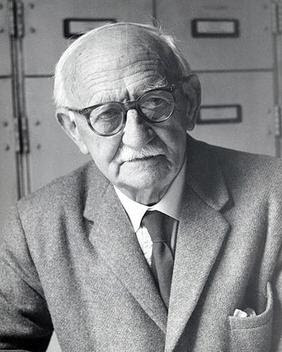Intellectual property rights notes
Intellectual property rights are legal rights, which result from intellectual activity in industrial, scientific, literary and artistic fields. These rights safeguard creators and other producers of intellectual goods and services by granting them certain limited rights to control their use.
Types/Tools of Intellectual property rights
- Patents
- Trademarks
- Copyright and related rights
- Geographical indications
- Industrial design
- Trade secrets
- Layout design for integrated circuits
- Protection of new plant variety
Patent
It provides protection for the invention to the owner of the patent. The protection is granted for a limited periods, i.e 20 years.
A patent owner has the rights to decide who may or may not use the patented invention for the period in which the invention is protected. The patent owner may give permission to, or license, other parties to use the invention on mutually agreed terms.
Trademarks
It may be one or a combination of words, letters, and numerals. They may consists of drawings, symbols, three dimensional signs such as the shape and packaging of goods, audible signs such as music or vocal sounds, fragrances, or colours used as distinguishing features.
It helps consumes identify and purchase a product or service because it's nature and quality, indicated by its unique trademark, meets their needs.
Copyright and related rights
Copyright is a legal term describing rights given to creators for their literary and artistic works. The kinds of works covered by copyright include, literary works such as novels, poems, plays, reference work, newspaper and computer programs; paintings, drawings, photographs and sculpture; architecture; and advertisements.
Geographical indications (G.I)
Geographical indications are signs used on goods that have a specific geographical origin and possess qualities or a reputation that are due to that place of origin. Agricultural products typically have qualities that derive from their place of production and are influenced by specific local factors, such as climate and soil.
A geographical indications points to a specific place that determines the characteristics qualities of the product that originates theirin. Place of origin may be a village or town, a region or a country.
Industrial Designs
Industrial design refer to creative activity, which result in the ornamental or formal apperance of a product.
The essential purpose of design law it to promote and protect the design element of industrial production.
Trade Secrets
It may be confidential business information that provides an enterprises a competitive edge may be considered a trade secret. Usually these are manufacturing or industrial secrets. These includes sales methods, distribution methods, consumer profiles, advertising strategies, lists of suppliers and clients and manufacturing process.
Layout design for integrated circuits
The aim of the semiconductor integrated circuit layout design Act 2000 is to provide protection of intellectual property rights (IPR) in the area of semiconductor integrated circuits layout designs and for matters connected there with or incidental thereto.
Protection of new plant variety
The objective of this act is to recognise the role of farmers as cultivators and conserves and the contribution of traditional, rural and tribal communities.
The plant variety protection and farmers rights act 2001 was enacted in india to protect the new plant variety; the act has come into force on30-10-2005 through authority. Initially 12 crop species have been identified for regt. I.e Rice, Wheat, Maize, Sorghum, Pearl millet, Chickpea, Green gram, Black gram, Lentil kidney bean etc. India has opted for sui-generic system instead of patents for protecting new plant variety.













0 Comments
If you have any query let me know.